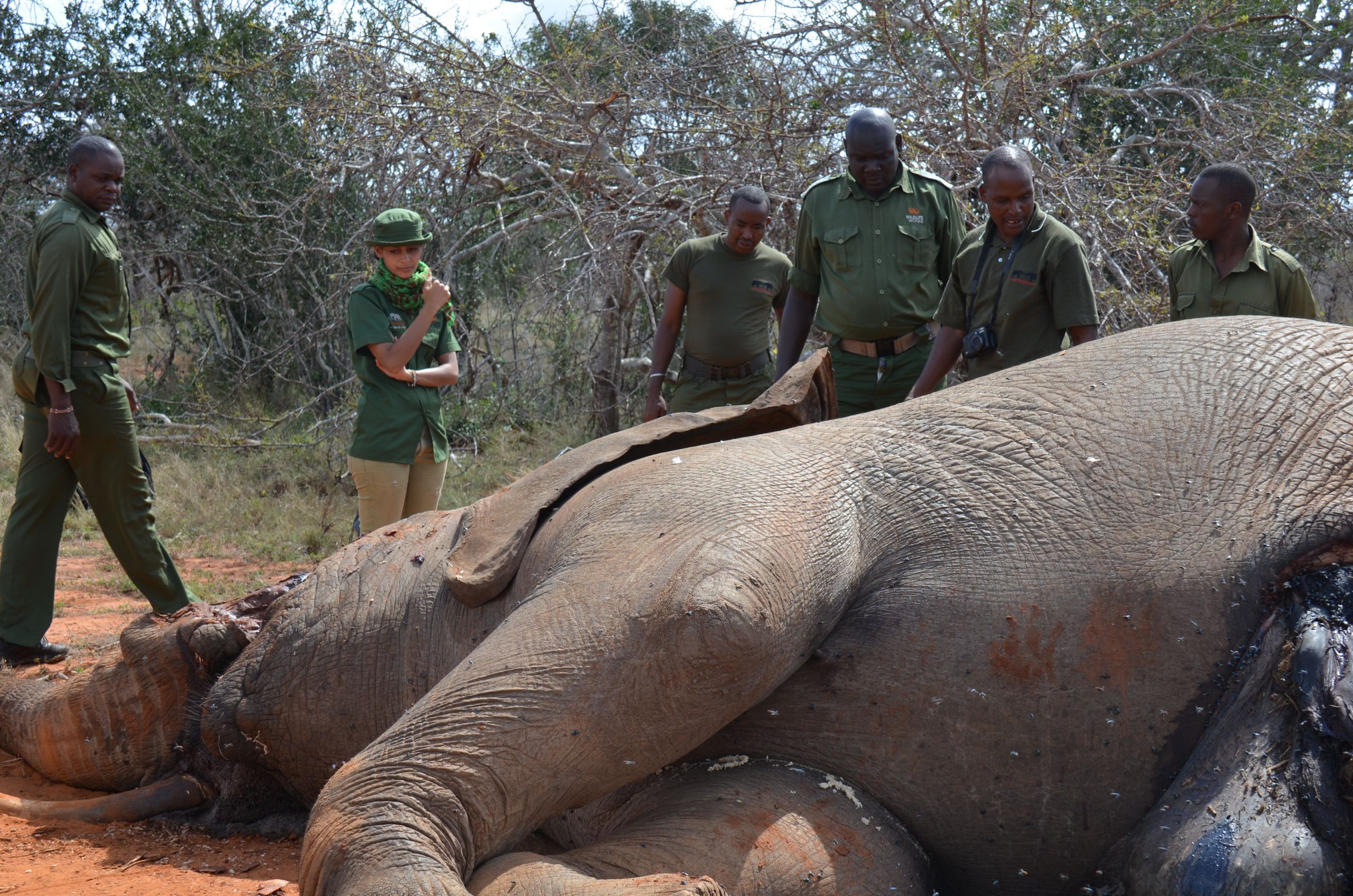Wildlife poaching is a pressing issue that has far-reaching consequences. The illegal killing of wild animals for commercial gain or other non-legal purposes not only threatens the survival of species but also disrupts entire ecosystems and impacts human livelihoods. Governments around the world have a crucial role to play in preventing and combating this illicit activity. Through stricter regulations, improved surveillance and patrolling, community engagement and education, and international cooperation, governments can effectively combat wildlife poaching. In this article, we will delve into the multifaceted role of governments in preventing and addressing poaching, and explore various measures that can be taken to combat this destructive practice.
Stricter Regulations and Enforcement
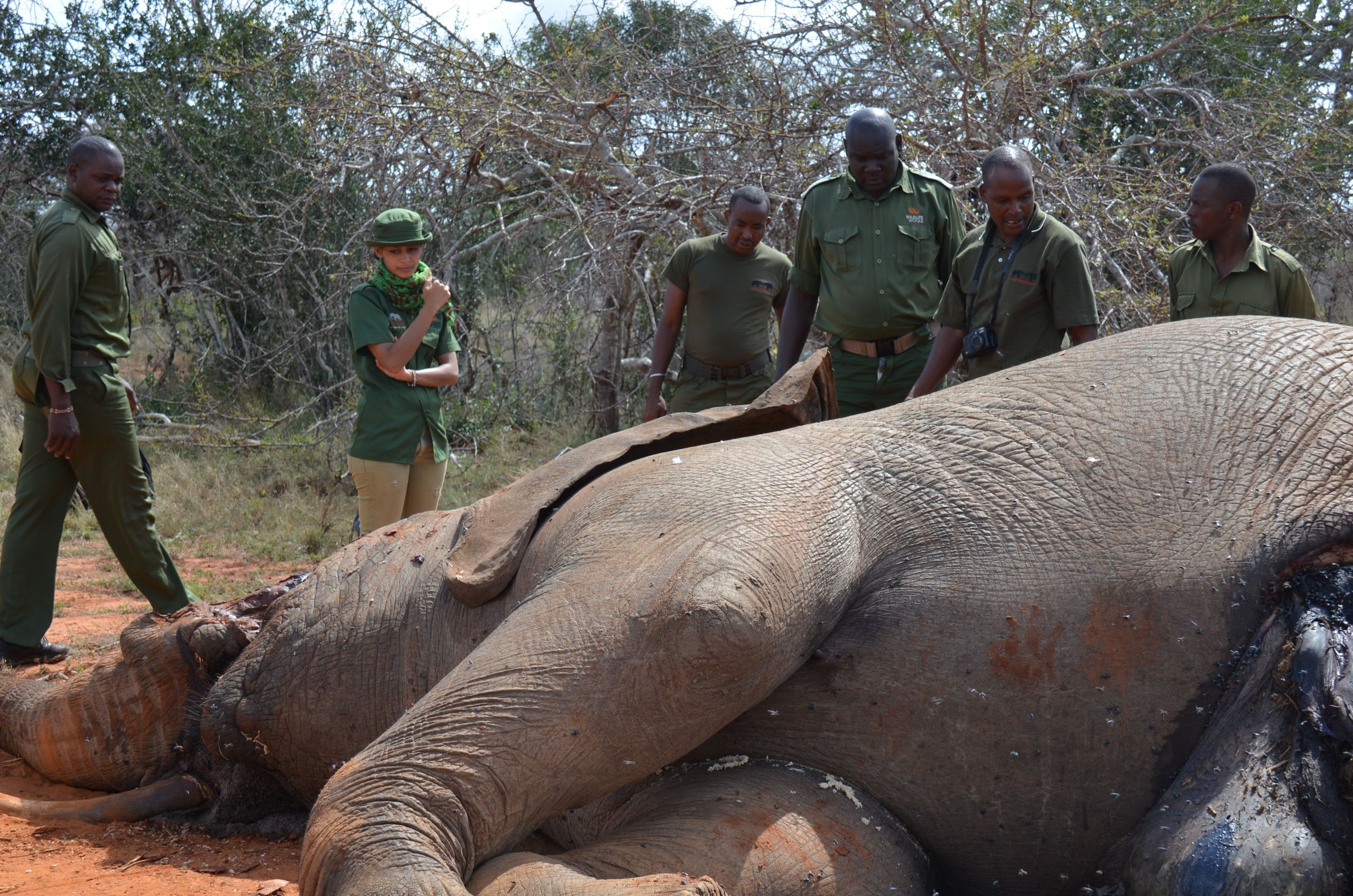
The first and most crucial step towards combatting wildlife poaching is the implementation of stringent regulations and penalties. By enacting and enforcing laws that make poaching a punishable offense, governments can deter potential poachers and hold offenders accountable for their actions. Without strict regulations and consistent enforcement, poaching remains an attractive and profitable business for criminals.
Stringent Laws as Deterrents
Governments should establish, enforce, and regularly review laws related to poaching. These laws should encompass all aspects of poaching, from illegal hunting to possession and trade of wildlife products. Strict fines and jail time should be imposed on anyone caught engaging in poaching activities. The severity of these punishments should reflect the impact of poaching on biodiversity and ecosystem stability, and serve as a deterrent to potential poachers.
In addition to general laws, governing bodies should also consider implementing specific laws for highly vulnerable and endangered species. For example, elephants and rhinos are often targeted by poachers for their valuable tusks and horns, respectively. Therefore, stricter laws and harsher punishments for those involved in the illegal trade of elephant ivory and rhino horn can significantly curb poaching activities.
Consistent Enforcement
Laws alone are not effective in preventing poaching if they are not consistently enforced. Governments must allocate sufficient resources and personnel to enforce these laws. This includes establishing specialized anti-poaching units within law enforcement agencies and training them in wildlife crime investigations and techniques. These units should also work closely with other government agencies, such as customs and border control, to track and halt the illegal trade of wildlife products across borders.
Moreover, governments should collaborate with local communities to gather intelligence and information about potential poaching activities. By establishing communication channels and offering incentives for reporting suspicious activities, authorities can stay one step ahead of poachers and effectively enforce laws to protect wildlife.
Impact of Stricter Regulations and Enforcement
Countries with stringent regulations and consistent enforcement have already seen positive results in curbing poaching activities. For instance, in 2018, Nepal reported zero poaching incidents of rhinos, tigers, or elephants, thanks to strict laws and effective enforcement. The country has also seen a decline in the number of poaching incidents in recent years, with only seven rhinos poached in 2020 compared to 37 in 2013.
Similarly, Botswana has also adopted stricter measures to combat elephant poaching, including increased surveillance and harsher punishments for offenders. As a result, the country has seen a significant decrease in elephant poaching incidents, from 93 in 2018 to just 13 in 2020.
Improved Surveillance and Patrolling
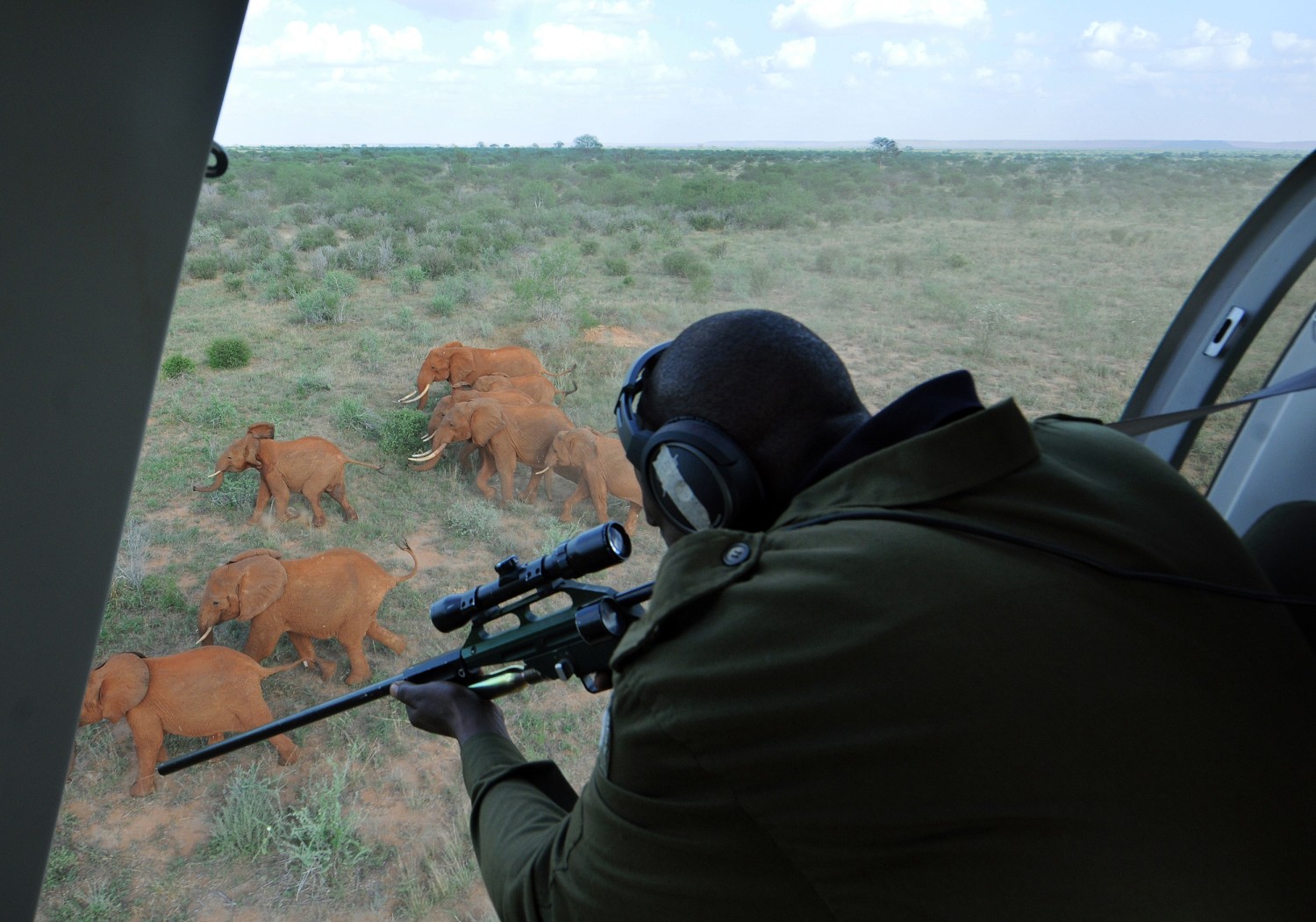
Effective surveillance and patrolling are essential for detecting and apprehending poachers in real-time. Governments should invest in advanced technologies and equipment to increase surveillance efforts in poaching hotspots. Some of the technologies that can be used include camera traps, drones, and infrared sensors. These tools allow for better monitoring of wildlife and deterrence of potential poachers.
Camera Traps
Camera traps have been widely used by conservationists to monitor wildlife populations and track poaching activities. These devices are motion-activated and can capture high-resolution images and videos of animals in their natural habitats, providing valuable insights into their behavior patterns. They can also be used to detect and identify poachers, as well as record any illegal activities.
Governments can install camera traps in poaching hotspots and critical wildlife areas to track the movement of animals and deter poachers from entering these areas. Remote monitoring of these traps can also help authorities respond promptly to any suspicious activity and prevent poaching before it occurs.
Drones
Drones have become increasingly popular in wildlife conservation efforts due to their ability to cover vast areas in a short amount of time. They provide aerial surveillance and can easily spot poachers from a safe distance. Additionally, drones can be equipped with thermal imaging cameras and infrared sensors, making them particularly useful for nighttime patrolling.
Governments can use drones to patrol national parks and other protected areas, providing real-time information on any poaching activities or environmental disturbances. They can also be used to quickly transport rangers to remote areas where poaching incidents are likely to occur.
Infrared Sensors
Infrared sensors are another effective tool for detecting movement in poaching hotspots. These sensors can detect heat signatures of humans and animals, making them useful for identifying potential poachers.
Governments can install infrared sensors at strategic locations, such as water holes or animal trails, to monitor and track the movement of wildlife. If a human is detected in these areas, authorities can respond quickly and prevent any poaching activity from taking place.
Impact of Improved Surveillance and Patrolling
The use of advanced technologies for surveillance and patrolling has proven to be successful in preventing and deterring poaching. According to data from the Wildlife Conservation Society, camera traps installed in Thailand’s Western Forest Complex led to a significant decrease in poaching activities, with a 96% decline in the number of poached mammals from 2007 to 2014.
Similarly, in South Africa’s Kruger National Park, where poaching incidents have been on the rise, the use of drones has helped improve response times and reduce the number of rhino deaths. Infrared sensors have also been beneficial in detecting and preventing poaching activities in conservation areas, such as Zimbabwe’s Hwange National Park.
Community Engagement and Education
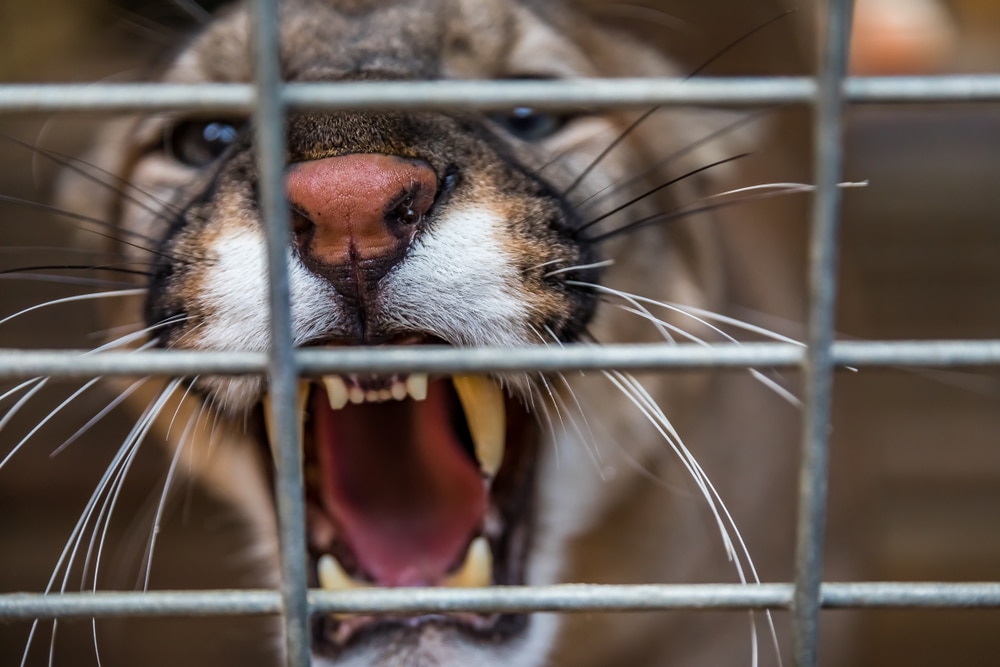
Empowering local communities and educating them about the consequences of poaching is crucial in combating the illegal killing of wildlife. Governments should involve communities in anti-poaching initiatives, promoting a sense of ownership and encouraging them to report suspicious activities.
Community Empowerment
Local communities living near national parks and protected areas often struggle with poverty and lack of livelihood opportunities. As a result, they may turn to poaching as a means of survival. By involving these communities in conservation efforts, governments can empower them to take ownership of their natural resources and discourage them from engaging in illegal activities.
Governments can create employment opportunities for local communities through ecotourism initiatives or provide them with alternative livelihood options such as sustainable agriculture or handicrafts. This not only reduces the need to engage in poaching but also helps strengthen relationships between authorities and the community.
Education and Awareness
Education and awareness programs are vital in changing attitudes and behaviors towards poaching. Governments should invest in educational campaigns that inform people about the devastating impacts of poaching on wildlife and ecosystems. These programs can be targeted towards schools and community centers, where children and adults can learn about the importance of protecting wildlife and the laws surrounding poaching.
Moreover, governments can collaborate with NGOs and conservation organizations to conduct workshops and training programs for local communities. These programs can educate people about sustainable resource management practices and how they can contribute to preserving their natural resources.
Impact of Community Engagement and Education
Involving local communities in conservation efforts has proven to be impactful in preventing poaching. In Kenya, the Laikipia County government collaborated with a local community conservancy to establish a rhino sanctuary and provide employment opportunities for the community. As a result, poaching incidents have significantly reduced in the area, and the black rhino population has grown.
Similarly, in Nepal, community-based anti-poaching initiatives have helped reduce poaching of the one-horned rhinoceros to almost zero, as mentioned earlier. These success stories demonstrate the importance of involving local communities in poaching prevention measures.
International Cooperation
Tackling poaching effectively often requires collaboration across borders. Governments should work together to share information and resources and coordinate efforts to address this global issue. This is especially crucial for countries with high demand for wildlife products, such as ivory and rhino horn.
Information Sharing
Governments should establish formal channels for sharing intelligence and information related to poaching activities. This includes collaborating with neighboring countries and international agencies to monitor cross-border trade and exchange information on potential poachers.
Interpol, the world’s largest international police organization, has been instrumental in coordinating efforts to combat wildlife crime. Through its Environmental Security program, Interpol works with governments worldwide to identify and dismantle criminal networks involved in illegal wildlife trade.
Coordinated Efforts
Collaboration between law enforcement agencies is key to tackling poaching effectively. Governments should work together to develop coordinated strategies and operations to disrupt and apprehend poachers and smugglers.
Furthermore, cooperation between governments and NGOs can also help in the recovery of stolen wildlife products and the prosecution of offenders. Organizations such as the World Wildlife Fund (WWF) and TRAFFIC, which monitor wildlife trade, work closely with authorities to identify and prosecute wildlife criminals.
Impact of International Cooperation
International cooperation has been critical in intercepting and prosecuting poachers and wildlife traffickers. In 2018, a joint operation between Interpol and the World Customs Organization (WCO) resulted in the seizure of 2,000 live turtles and tortoises and over 4,300 kg of meat from various species, demonstrating the importance of collaboration in addressing wildlife poaching.
Similarly, a collaborative effort between authorities in Malaysia, Indonesia, and Vietnam led to the arrest of a major rhino horn trafficking syndicate in 2019. This syndicate was responsible for the trafficking of over 30 rhino horns, with an estimated value of $50 million.
Conclusion
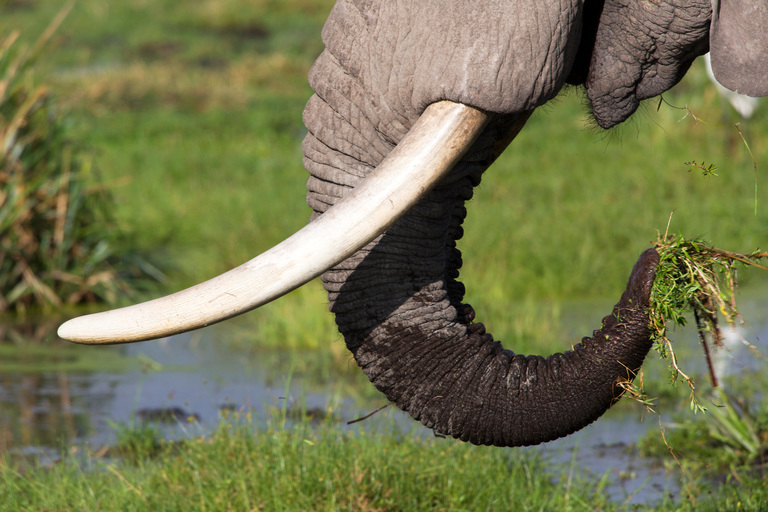
In conclusion, governments play a crucial role in preventing and combating wildlife poaching. Through stricter regulations and enforcement, improved surveillance and patrolling, community engagement and education, and international cooperation, governments can effectively curb this destructive practice. However, it is also essential for individuals and society as a whole to recognize the impact of poaching on our planet and actively support efforts to protect and conserve our precious wildlife. By working together, we can make a meaningful difference in preserving biodiversity and securing the future of our planet for generations to come.
wfriv.xyz
